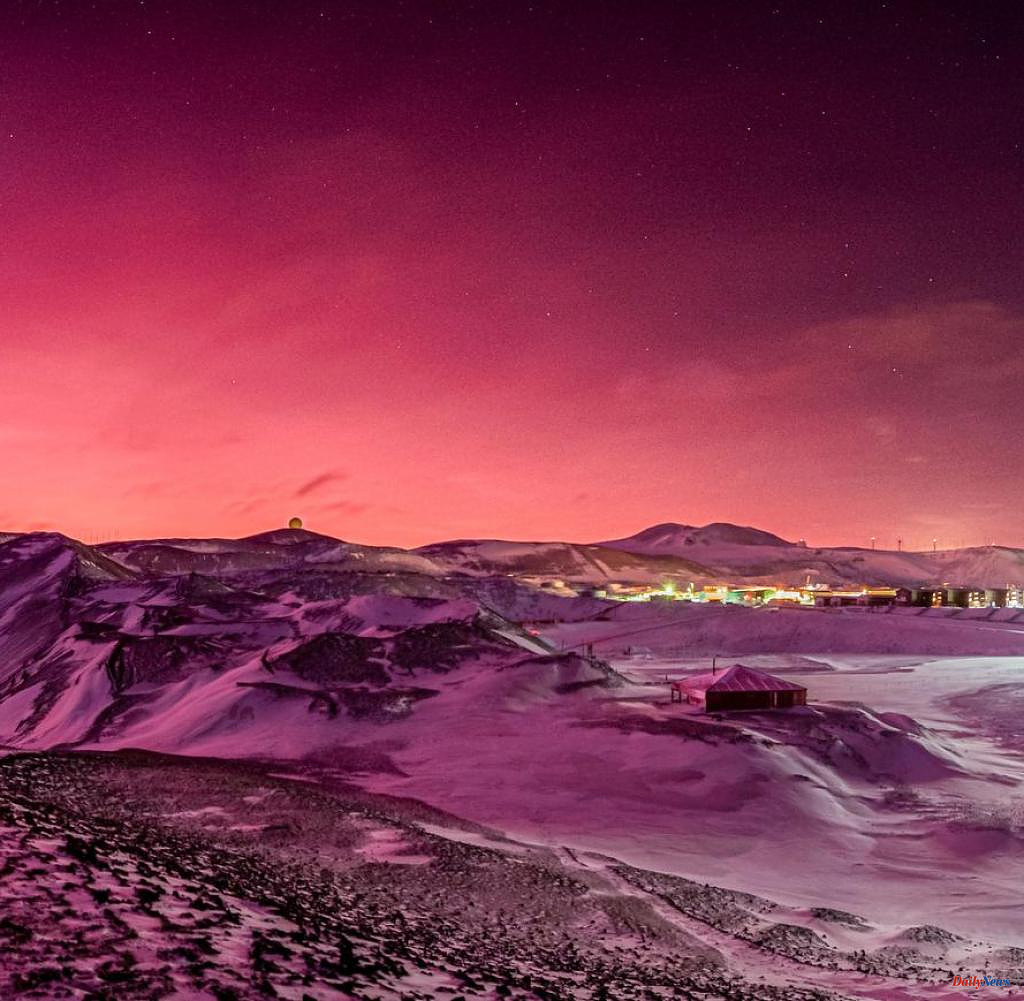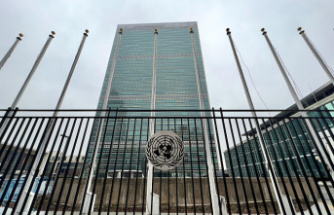There are photos that immediately make you think of color filters, Photoshop or other distortions - what they show seems too fantastic. This includes the images that Technical Assistant Stuart Shaw has now shared with the world.
They show the Antarctic winter sky glowing in stunning shades of pink and purple. But, Shaw assured the Guardian, "Believe it or not, I haven't edited these colors, they are as we saw them."
Shaw currently works at New Zealand's Scott Base research station, located on Ross Island. At this time of year it is almost continuously dark there – apart from a slight twilight around noon.
This season, however, Shaw and his colleagues witnessed a spectacle out of heaven: "Most of the station staff grabbed their jackets and ran outside with their cameras to check out the amazing colors," he says. "It's incredible."
The presumed trigger for the splendor of color is more than 6,000 kilometers away – and six months ago: In January, the undersea volcano Hunga Tonga-Hunga Ha'apai erupted off the coast of Tonga.
During the massive eruption, which according to NASA was several hundred times stronger than the Hiroshima atomic bomb, a gigantic cloud of ash and gas was thrown up to a height of 20 kilometers above sea level.
Experts believe that the current spectacle over Scott Base is, in a sense, the "afterglow" of that volcanic eruption. Laser radar measurements show that there is an abundance of aerosols in the stratosphere over Antarctica that were not present before the eruption.
These particles circulate around the globe for months, scattering and refracting light at sunrise or sunset, giving the sky the most beautiful shades of pink or purple - all without any image processing.












